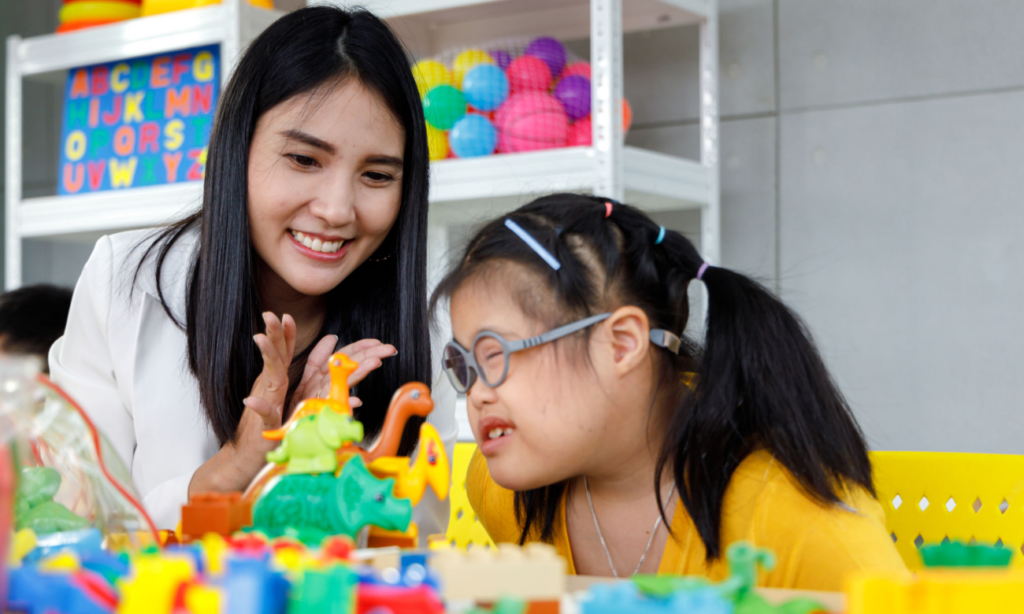
Become a Special Education Teacher is an aspirational goal that carries immense responsibility and reward. Stepping into your first year requires careful preparation from understanding legal mandates to developing tailored lesson plans. This survival kit offers clear, actionable steps that will help you transition smoothly into a role where you can make a profound impact on students with diverse learning needs.
1. Understanding the Role and Responsibilities
Aspiring educators often ask, “What exactly does it take to Become a Special Education Teacher?” Beyond typical classroom duties, you will design Individualized Education Programs (IEPs), adapt curricula, and monitor progress for students with disabilities. You’ll collaborate with psychologists, speech therapists, and occupational therapists to ensure each learner receives targeted support. To Become a Special Education Teacher, you must embrace flexibility modifying materials for visual, auditory, or kinesthetic learners—and advocate for accommodations that foster academic success.
Key responsibilities include:
- Conducting assessments and interpreting educational evaluations
- Writing measurable IEP goals and monitoring outcomes
- Facilitating inclusive classroom activities
- Communicating progress with families and the IEP team
A clear grasp of these duties will set the stage for your success and help you Become a Special Education Teacher who truly meets student needs.
2. Navigating Certification and Training Pathways
One of the first steps to Become a Special Education Teacher is obtaining the proper credential. Most states require a bachelor’s degree in education plus a specialized certification in special education. Alternative routes such as post-baccalaureate programs or Teach for America offer accelerated paths.
To Become a Special Education Teacher, research your state’s licensure requirements:
- Complete an accredited teacher-preparation program
- Pass licensure exams (e.g., Praxis II in Special Education)
- Fulfill supervised student-teaching hours
Continuing education is equally vital. Many districts mandate annual professional development in behavior management or assistive technology. Engaging in workshops and webinars will ensure you stay current on best practices and reaffirm your commitment to Become a Special Education Teacher who excels from day one.
3. Building Effective Classroom Management Strategies
A structured environment is crucial as you Become a Special Education Teacher. Establish routines that promote predictability students with autism or ADHD often thrive on consistent schedules. Use visual supports, such as task charts and social stories, to guide behavior and transitions.
When you Become a Special Education Teacher, invest time in:
- Setting clear, positively stated classroom rules
- Implementing positive behavior interventions and supports (PBIS)
- Designing sensory-friendly spaces for students needing movement breaks
Collect data on behavioral incidents and academic progress to refine your approach. By proactively addressing challenges, you demonstrate the skills required to Become a Special Education Teacher who maintains an atmosphere of respect, engagement, and safety.
4. Collaborating with Families and Professionals

To truly Become a Special Education Teacher, you must partner with families and multidisciplinary teams. Regular parent-teacher conferences, collaborative IEP meetings, and clear email updates build trust. When questions arise about curriculum modifications or progress tracking, you’ll turn to colleagues—speech-language pathologists, occupational therapists, and school psychologists—for insight.
Integrate specialized terminology as you communicate, perhaps even employing IELTS Academic Vocabulary to articulate goals and progress in reports. This enhances clarity for all stakeholders. Your ability to liaise effectively will secure crucial support and resources, ensuring you Become a Special Education Teacher recognized for teamwork and advocacy.
5. Leveraging Technology and Assistive Tools
In modern classrooms, assistive technology empowers both you and your students. As you Become a Special Education Teacher, explore tools like text-to-speech software, interactive whiteboards, and customizable learning apps. These resources can bridge gaps for learners with dyslexia, visual impairments, or fine motor challenges.
To integrate technology effectively:
- Attend district-led tech workshops
- Pilot new apps with small student groups before full rollout
- Train paraprofessionals on device setup and troubleshooting
Your proactive use of assistive tools will mark your first year with innovation, helping you Become a Special Education Teacher who confidently adapts to each learner’s unique profile.
6. Prioritizing Self‑Care and Professional Growth
Burnout is a real concern for special educators. To sustain your passion, schedule regular self‑care: mindfulness breaks, peer support meetings, or brief exercise routines. Reflective journaling can also help you process successes and challenges.
As you Become a Special Education Teacher, set aside time each month to:
- Attend relevant webinars or conferences
- Join local or online special education associations
- Shadow veteran teachers to observe proven strategies
This continuous investment will reinforce your skills and ensure you Become a Special Education Teacher who thrives personally and professionally.
Conclusion: Your First‑Year Checklist
By following this guide, you’re well on your way to Become a Special Education Teacher equipped for real‑world challenges. Keep this checklist handy:
- ✔ Obtain required certification and pass licensure exams
- ✔ Master IEP development and data tracking
- ✔ Establish clear routines and PBIS strategies
- ✔ Cultivate collaborative partnerships
- ✔ Integrate assistive technologies
- ✔ Practice regular self‑care and professional learning
Embrace each step, and you will not only survive but flourish in your inaugural year—truly realizing what it means to Become a Special Education Teacher who makes a lasting difference.

I’m Ethan Richards, the guy running the show at “Acknowledgment Templates.” I’ve been playing with expressions and formats to make acknowledgment writing a whole lot of fun. Over at Acknowledgment Templates, we’re here to make your acknowledgment section incredible. Let’s add some professionalism and gratitude to your project together!



